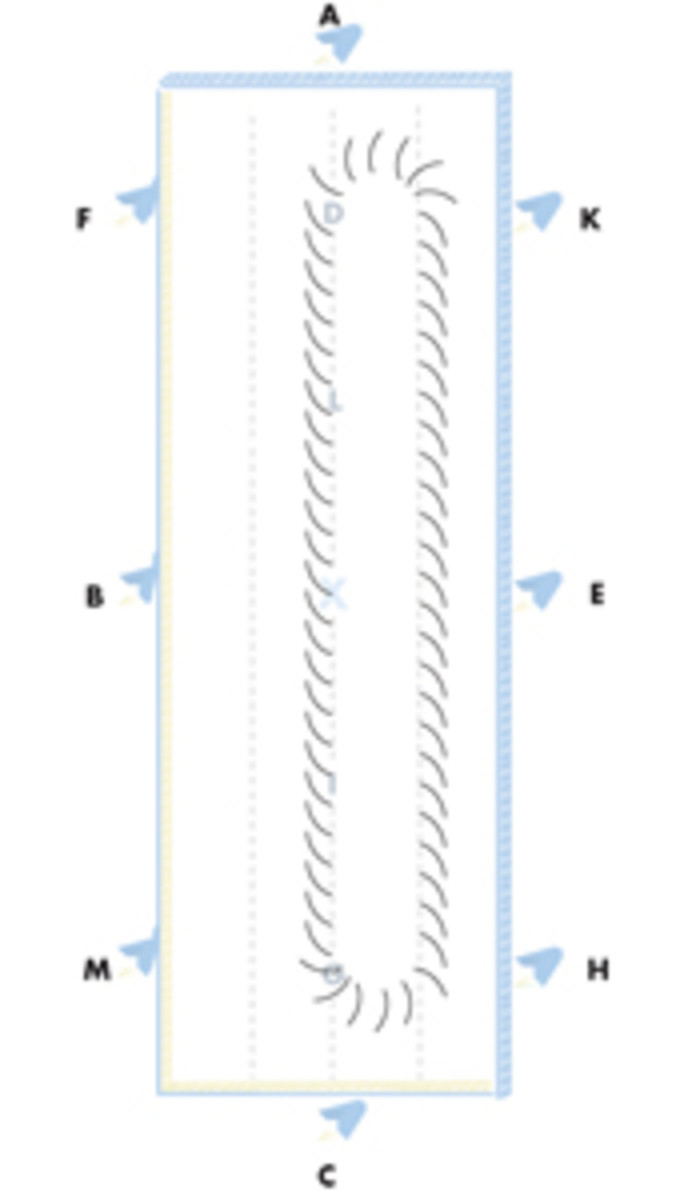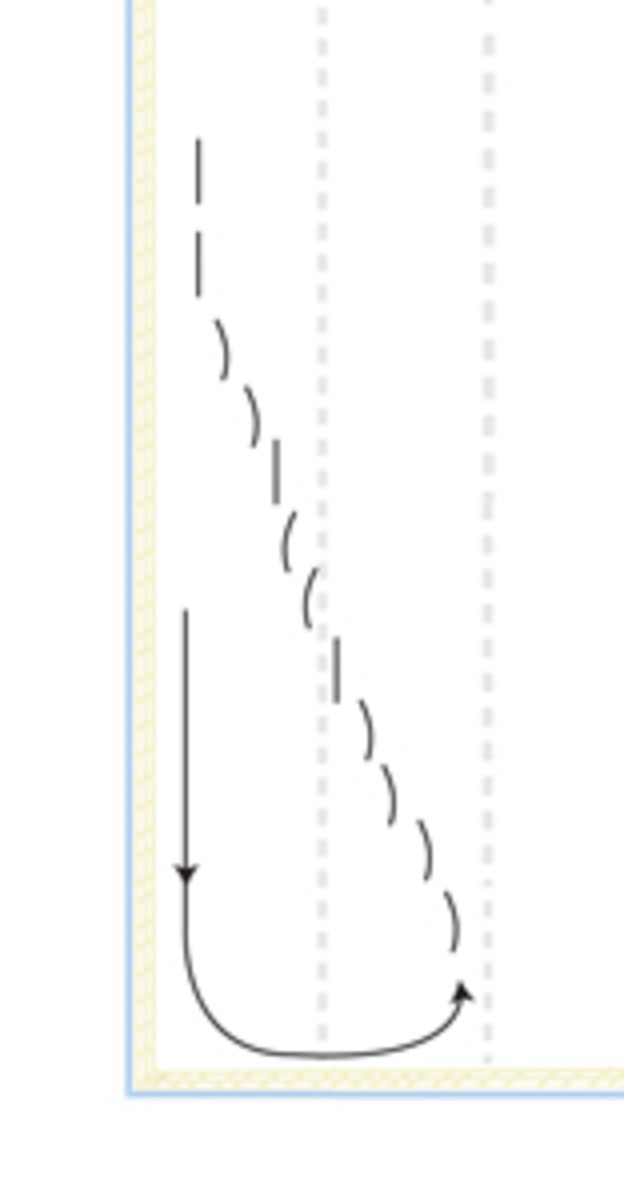Editor’s Note: In the July 2009 issue of Dressage Today, FEI competitor and trainer George Williams discusses ways to use the leg yield to improve your horse’s training.
Here are some additional exercises to try with your horse:
Leg Yielding
Whenever there’s a situation where you need to improve leg obedience, incorporate a leg yielding exercise into your work. Because you can ride the exercises in different places in the arena, you can become quite creative, coming up with new variations. I came up with these:


Exercise 1: At the trot, I track left in a shoulder-in down the long side slightly off the track. When approaching the end of the long side, I transition to walk and ride a large, sweeping turn on the forehand from my inside left leg until I end up on the near quarter line in a leg-yielding-from-my-left-leg position. Then I trot on again, going down the quarter line in this leg-yielding position. When I reach the end of the quarter line, I walk and ride another turn on the forehand from my left leg, reaching the wall in my original shoulder-in position, and trot on straight in a shoulder-in again.
Exercise 2: When my horse is slow to my outside leg in a half pass, falling to the side instead of carrying himself forward-sideways, I continue sideways on the same line but change the bend into a leg-yielding position for a few strides, trying to make the horse quicker to that leg. Then I go back to the half-pass position–again on the same line. It works because in a half pass the rider’s outside leg encourages the horse’s outside hind leg first forward and only then sideways.
By having so many approaches to improving leg obedience, you can keep the work quite interesting for your horse while working on the same principle.
Turn on the Forehand–Around the Corner
The horse performs a turn on the forehand describing a quarter volte inside the corner.

I use this variation for most horses when teaching them the turn on the forehand. It helps them to understand that they need to move through their shoulders, keeping them loose and free. Because the turn is done with the horse facing the corner–a natural barrier–it reduces the risk of “trapping” the horse with the reins.
If you’re tracking left, halt at the end of the long side with your shoulder at the corner letter–K, for example. Now, you’re 6 meters out of the corner and facing into the corner. Ask your horse to yield from your right leg and ride a large turn on the forehand around the corner, with the front legs describing a quarter volte arc to the inside. When your turn is complete, you’ll be standing parallel to the short side, again at a point 6 meters out of the corner. The diameter of the arc remains 6 meters throughout the turn. Imagine your horse is the spoke of a wheel, coming out of the corner.
I recommend using an opening left rein for this exercise to encourage freedom in the shoulders. Move your left hand sideways, away from your horse’s neck, to help his shoulders move to the left. Repeat on the other hand.
Turn on the Forehand–On a Square
This exercise helps to improve leg obedience in forward motion, as well as adroitness and the ability to bend on a circle.

You ride a small square–each side approximately one horse’s length (3 meters). Along the sides of the square, ride a full pass. In each corner, ride a 90-degree turn on the forehand.
Start on a 20-meter circle, with X being one of the circle points. Halt at X. Next, begin to ask your horse to move sideways in a full pass for one horse’s length. The full pass is a leg yield in which the horse moves sideways, perpendicular to the line of travel, without moving forward. Look for your horse’s inside hind leg to cross over the outside hind leg three times on each side of the square to keep the square 3 meters by 3 meters. Then, ride a turn on the forehand. Repeat until you’ve completed a square and you’re back to the starting point.
Repeat on the other hand.
George Williams is a USDF gold medalist, a sought-after clinician and a successful international competitor on the mare Rocher. He began studying dressage in 1973 and earned his German Bronze Rider medal at the Reitinstitute von Neindorff. He was resident trainer for Tempel Lipizzans in Illinois for 20 years and has trained with former U.S. dressage team coach Klaus Balkenhol. He is currently USDF vice president, chair of the U.S. Equestrian Federation (USEF) High Performance Dressage Committee and a member of both the USEF High Performance Eligible Athlete Committee and USEF Board of Directors. His Williams Dressage LLC is a training, coaching and riding venture based at Elizabeth Juliano’s Havensafe Farm in Middlefield, Ohio.
To read the article “Leg Yield With a Twist” by George Williams with Reina Abelshauser, see the July 2009 issue of Dressage Today. To order back issues, call 301-977-3900.











